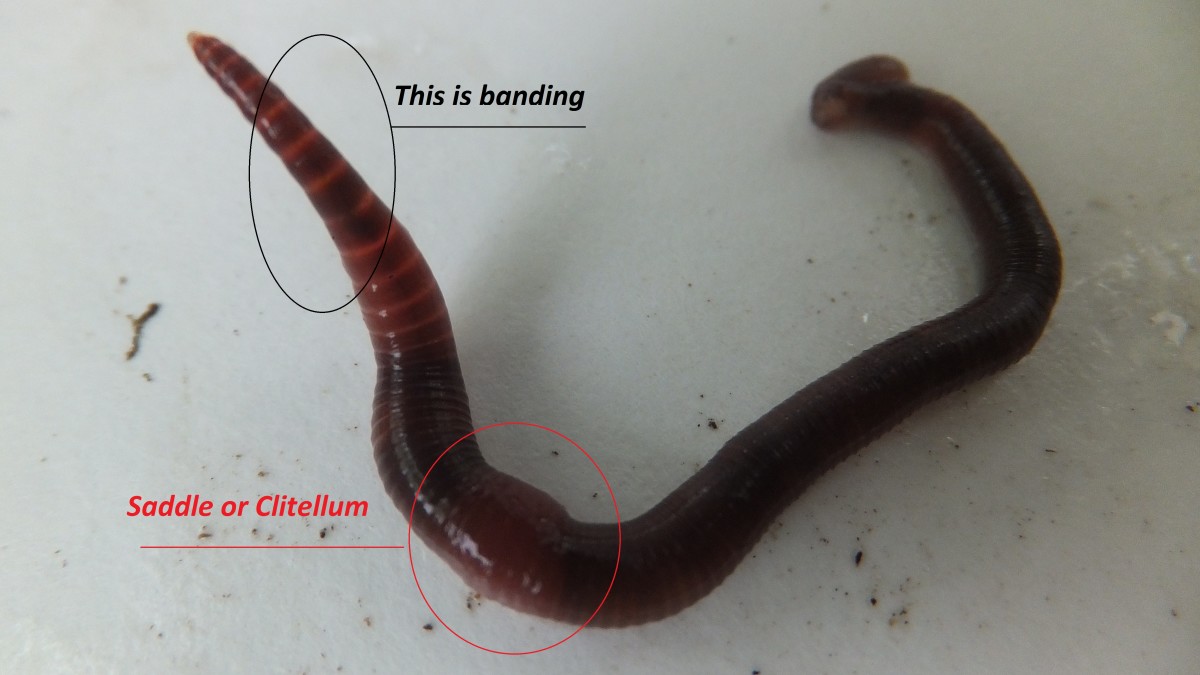The Incredible Globe of Red Wigglers: Boost Your Soil Fertility Today
These tiny yet effective microorganisms transform organic waste into useful worm spreadings, considerably improving soil health and wellness and advertising lasting techniques. As we discover the benefits of vermicomposting and the sensible steps to create a reliable worm bin, the possible effect of these worms on your horticulture success becomes increasingly apparent.
Comprehending Red Wigglers
Red wigglers, clinically known as Eisenia fetida, are a varieties of earthworm that play a crucial role in boosting soil fertility. These worms thrive in organic-rich atmospheres, such as compost heap and rotting plant material, where they take in natural waste and eliminate nutrient-dense spreadings. Their unique anatomy, featuring a segmented body and a clitellum, permits them to reproduce swiftly and successfully procedure huge amounts of raw material.

The environmental significance of red wigglers expands beyond plain waste processing; they add to the soil food web, fostering a varied area of bacteria that better boost soil health. Understanding the biology and habits of red wigglers is important for harnessing their complete possibility in lasting agriculture and horticulture practices.
Advantages of Vermicomposting
(Lake Rhodhiss Bait)Utilizing the power of red wigglers through vermicomposting deals many benefits that significantly improve dirt health and wellness and fertility. One of the primary advantages is the manufacturing of nutrient-rich worm spreadings, which are an outstanding natural fertilizer. Red Wiggler Express. These castings include important nutrients like nitrogen, phosphorus, and potassium, advertising robust plant growth and boosting crop returns
Additionally, vermicomposting boosts dirt structure and aeration. The visibility of worm spreadings boosts dirt structure, permitting far better water retention and water drainage. This well balanced moisture level is important for root development and the general health and wellness of plants. Red wigglers assist break down organic matter, speeding up decomposition and reusing nutrients back into the dirt.
Vermicomposting additionally promotes microbial task, which is essential for a healthy and balanced dirt ecological community. Beneficial microorganisms flourish in the visibility of worm spreadings, aiding in the breakdown of natural materials and enhancing nutrition availability to plants.
Last but not least, vermicomposting acts as a reliable waste administration solution, decreasing garbage dump waste by recycling kitchen scraps and various other organic products. This not just adds to ecological sustainability however additionally promotes a circular economic situation within gardening and farming.
Just How to Establish Up a Worm Bin
Establishing a worm container is a simple procedure that can substantially improve your composting efforts. Begin by choosing an ideal container, which can vary from a readily readily available worm container to a straightforward plastic or wood box (Red Wiggler Express). Make sure the container has appropriate ventilation; small holes in the cover and sides will promote air blood circulation
Next, produce a bedding layer to supply a comfy environment for the red wigglers. This can be made from shredded paper, cardboard, or coconut coir, moistened to a damp, sponge-like uniformity. Fill up the bin to about one-third complete with this bedding material.
As soon as the bed linen is prepared, it's time to introduce the worms. Red wigglers thrive in natural waste, so place them gently onto the bed linen. Cover the worms with a light layer of extra bed linens to assist them adapt.
Feeding Your Red Wigglers
Supplying the appropriate food for your red wigglers is important for their wellness and the her comment is here performance of your composting system. Red wigglers grow on a different diet, largely being composed of natural materials such as vegetables and fruit scraps, coffee grounds, and shredded paper. These materials not just give vital nutrients but also add to the microbial activity in the worm container, which is essential for the worms' food digestion.
It is very important to avoid specific foods, such as dairy products, oils, and meats, as these can draw in pests and produce unpleasant odors. In addition, citrus peels and overly zesty foods ought to be limited as a result of their possible to harm the worms. A balanced approach to feeding includes keeping track of the quantity of food introduced to the bin, guaranteeing that it is taken in within an affordable amount of time to stop excess waste buildup.
To promote ideal food digestion, it is useful to cut or shred larger food products before adding them to the bin. This method boosts the surface for microbial activity, assisting in quicker disintegration and boosting the overall performance of your composting system. Routinely observing the worms' feeding practices will certainly aid you change their diet regimen as required.
Utilizing Worm Spreadings in Your Garden

(Red Wiggler Express)Incorporating worm castings right into your garden can be completed by mixing them right into the soil or utilizing them as a top clothing. The slow-release nature of these castings makes sure that nutrients are readily available to plants over an extended period, lowering the requirement for synthetic plant foods. Furthermore, worm spreadings consist of beneficial microorganisms that promote healthy and balanced dirt ecological communities, improving the general strength of your yard.
To make the most of the benefits, objective to use approximately one component worm spreadings to 3 parts soil in your planting beds. Normal applications can lead to improved plant returns and much healthier plants, making worm spreadings an indispensable source for both novice and experienced gardeners alike. By using this all-natural amendment, you can cultivate a successful yard while adding to lasting horticulture techniques.
Final Thought
In conclusion, red wigglers exhibit the crucial role of vermicomposting in boosting soil fertility. Their ability to transform natural waste right into nutrient-rich castings dramatically enriches soil structure and sustains microbial variety.